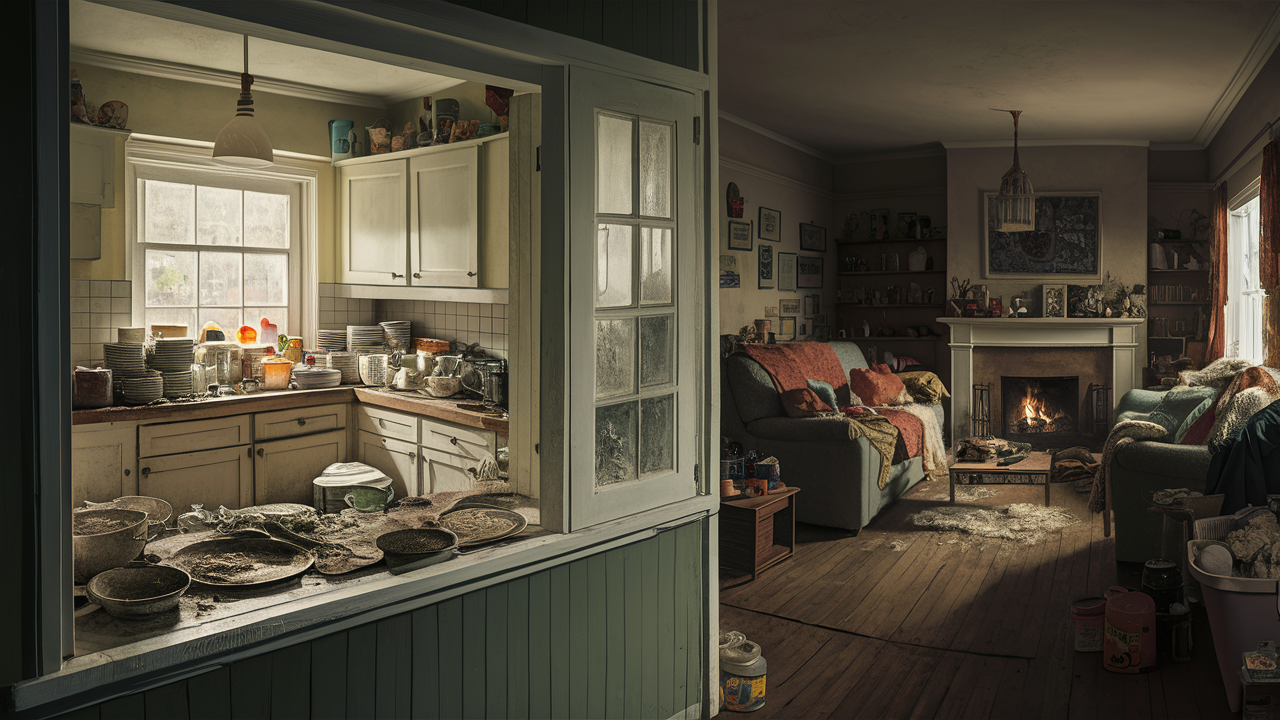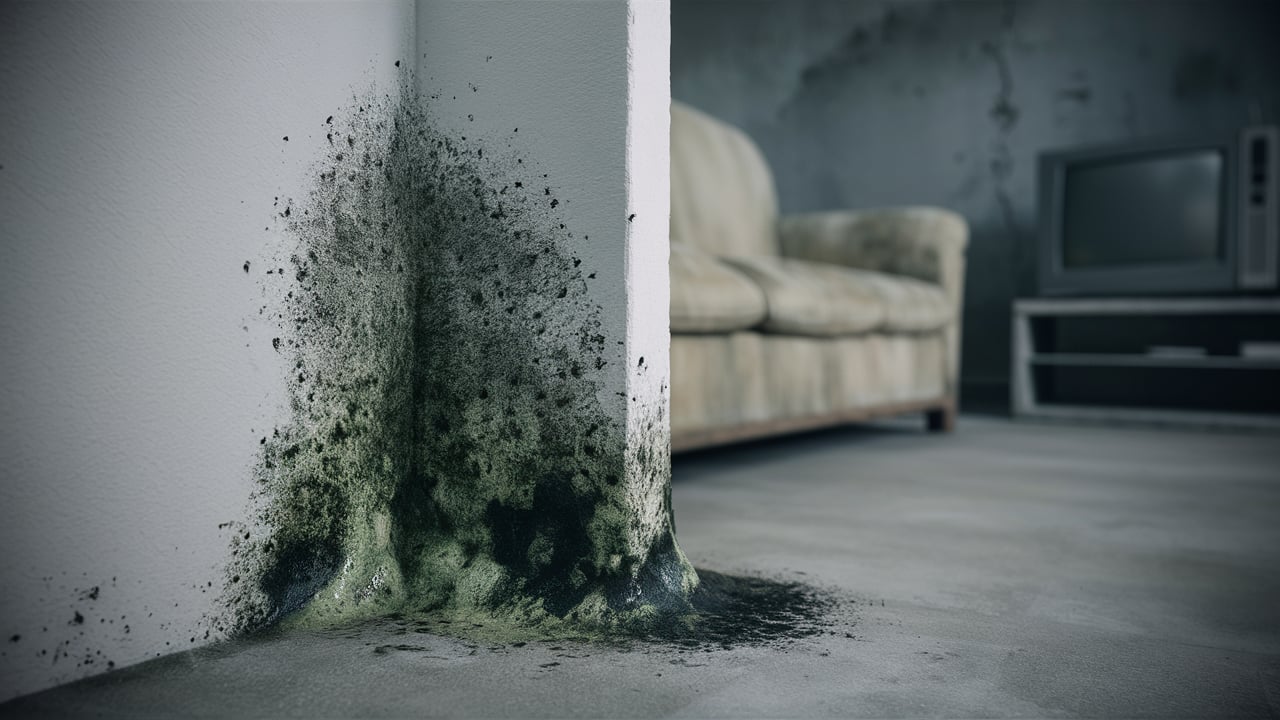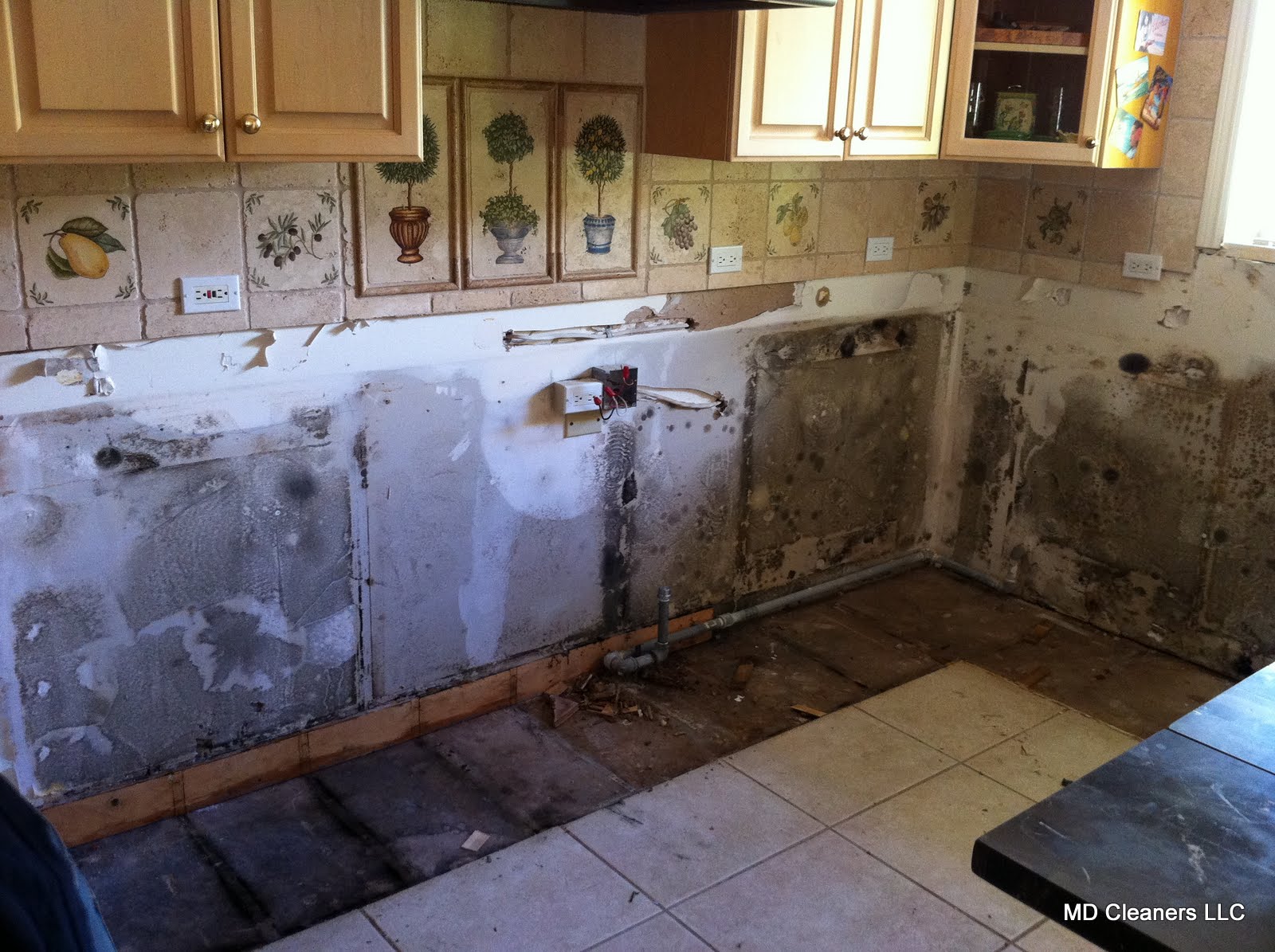How to Identify Mold in Your Home Before It Affects Your Health

Mold is a common issue that many homeowners face, and it can have serious implications for both the structural integrity of a property and the health of its occupants. Identifying mold in your home before it becomes a major problem is crucial in order to take the necessary steps to remediate it.
From musty odors to visible patches of mold, there are several indicators that can help you spot potential mold growth early on. By being proactive and vigilant in monitoring your living spaces, you can protect yourself and your loved ones from the harmful effects of mold exposure. In this article, we will explore how to effectively identify mold in your home before it impacts your health.
Understanding the Risks of Mold Exposure

mold in a corner
Understanding the risks of mold exposure is essential for maintaining a healthy living environment. Mold can have serious health implications, especially for those with allergies or respiratory issues. Exposure to mold spores can lead to symptoms such as coughing, sneezing, and congestion, as well as more severe problems like asthma attacks and allergic reactions.
In some cases, prolonged exposure to mold can even cause chronic health conditions. Its important to identify and eliminate mold in your home to protect yourself and your loved ones from these potential health risks. By being aware of the dangers of mold exposure, you can take proactive steps to keep your home safe and healthy.
Common Signs of Mold Presence in Your Home

Mold in the house
One of the most common signs of mold presence in your home is a musty odor that just wont go away, no matter how much you clean. Another indicator is the appearance of black, green, or white spots on walls, ceilings, or other surfaces.
Peeling or bubbling paint or wallpaper can also signal the presence of mold lurking behind the walls. Additionally, if you or your family members start experiencing unexplained respiratory issues, allergic reactions, or other health problems, its essential to consider the possibility of mold contamination in your living space. Dont ignore these warning signs, as mold can have serious consequences for your health if left unchecked.
Areas in Your Home Prone to Mold Growth

Source: mdcleaners.com
Mold is a common issue that can be found in various areas of your home, especially in spaces that are prone to moisture and darkness. The most common areas where mold tends to grow include bathrooms, kitchens, basements, and attics. In bathrooms, mold often thrives in damp areas such as around showers, sinks, and toilets, as well as on grout and caulking.
Kitchens may also be a breeding ground for mold, particularly in areas where water is present such as around the sink or dishwasher. Basements and attics are also vulnerable to mold growth due to their tendency to be damp and poorly ventilated. Its important to regularly inspect these areas in your home for any signs of mold to prevent potential health risks.
Conclusion
In conclusion, it is crucial to regularly inspect your home for any signs of mold growth to prevent potential health risks. By being proactive and familiarizing yourself with the common areas where mold can thrive, you can take the necessary steps to address the issue before it becomes a larger problem.
If you suspect mold in your home, consider consulting a mold expert to help identify and safely remove any growth. Remember, early detection and prevention are key in maintaining a healthy living environment for you and your family.





